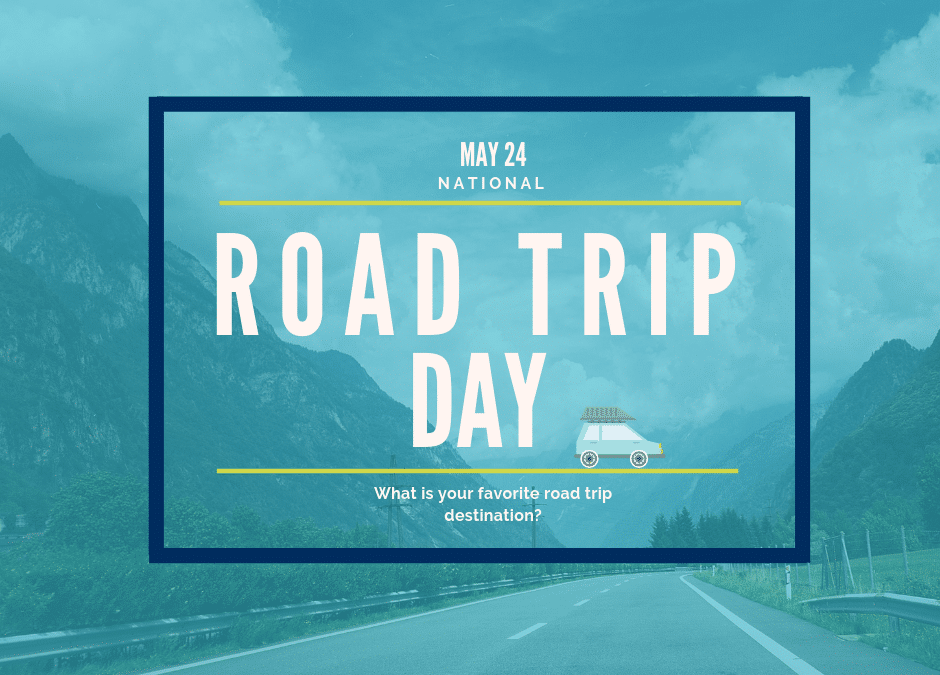
by California Casualty | Auto Insurance Info, Safety |
May 24 is National Road Trip Day!
As May comes to a close, classes are ending, the days are getting longer, and temperatures are slowly beginning to rise. You know what else that means? Vacation. Summer is calling and many American families are planning to spend their free time on the road relaxing and enjoying the sun.
Traveling, in all forms, is at its peak in the summer months. Road tripping and RV-ing are currently on the rise, so much so that Fox News reports that 73% of Americans would rather road trip than fly. Aside from all of the scenic views that are available when traveling by vehicle, travelers feel a sense of freedom by land, with the knowledge that they can stop or change their destination at any point in time instead of following a strict schedule like you would in an airport.
Whether your destination is the beach, the mountains, or just the open road, it is critical that your vehicle is ready to make the journey with you. So before you jam all of your luggage in the trunk, be sure to check the following in preparation for your summer road trip adventure:
-
Periodically check and test batteries for proper charging. Summer heat drains batteries faster than the cold of winter.
-
Check the air conditioning system for leaks and proper coolant.
-
Check the tires for tread and proper inflation.
-
Be sure your cooling system has the proper anti-freeze/coolant and all belts, hoses and the water pump are properly working. Never open a hot radiator cap; the liquid inside is a scalding 200 degrees or hotter.
-
Verify the viscosity of your motor oil will stand up to hot weather days, 10W-30 or 10W-40.
-
Make sure the spare tire is inflated and there is a jack and tire changing tool.
-
Test your windshield wipers and change them if they are streaking.
Consumer Reports advises that, as well as checking your vehicle before leaving for your destination, you should also travel with a basic safety kit that consists of:
- Cell phone and spare battery
- First aid kit
- Fire extinguisher
- Warning light or reflective triangles
- Tire gauge
- Jumper cables
- Foam sealant for flat tires
We don’t like to think that things could go wrong on vacation, but you never know what you will run into on the open road and that is why it is important to be prepared. Here at California Casualty we proudly support our customers and want you all to have a fun and safe summer full of road trip adventures, so before you hit the road, make sure that you and your vehicle are adequately protected for the unexpected you may encounter far from home.
Current customers call a California Casualty advisor for an auto policy review at 1.800.800.9410 or visit mycalcas.com/customerservice. If you are not a customer please contact us 1.866.704.8614 or visit www.mycalcas.com to request a FREE Auto Insurance quote.
Where do you plan on traveling this summer? Or do you have a dream road trip destination? Comment below and give us ideas for our summer travels! And if you are wanting to hit the road, but need a little help as to where check out Fox New’s Top 15 things to do on America’s travel bucket list.
Happy Travels!
More information for this article can be found at:
https://fxn.ws/2Ev0SYm
https://bit.ly/2K2jq5Y
by California Casualty | Safety |
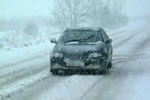 In many areas, the weather has been pretty good so far this year. But, this week started a flurry (pun intended) of winter weather, and I thought it would be a good time to recap some important safety tips for cold weather!
In many areas, the weather has been pretty good so far this year. But, this week started a flurry (pun intended) of winter weather, and I thought it would be a good time to recap some important safety tips for cold weather!
Winter Care Care Checklist – if you haven’t prepped your car for cold weather, you still have time!
What to do when your pipes freeze – It happens to the best of us (or, at least, it happened to me!). A quick guide to getting your pipes thawed without flooding your house.
Carbon monoxide safety – Firing up your heaters can lead to hidden dangers. Here are some tips for CO prevention.
Driving Safety in Snow and Ice – When the snow and ice come down, the roads get slippery. Here are some tips for making that commute safely.
by California Casualty | Safety |
 Along with hay rides, cooling temperatures, and brilliant foliage, Fall can bring some unexpected dangers to your commute. In late October and November, states across the nation see the fall mating season for white-tailed deer begin.
Along with hay rides, cooling temperatures, and brilliant foliage, Fall can bring some unexpected dangers to your commute. In late October and November, states across the nation see the fall mating season for white-tailed deer begin.
With this comes significant danger to drivers. During this time, deer become very active and unpredictable, covering large areas in search of a mate. A result of this is that drivers will often see groups of deer crossing roads.
This generates tens of thousands of deer-vehicle crashes every year, resulting in millions of dollars in damage. To help prevent this happening to you, please review the tips below:
- If you spot a deer, slow down and pay attention to possible sudden movement. If the deer doesn’t move, don’t go around it. Wait for the deer to pass and the road is clear.
- Pay attention to “Deer Crossing” signs. They are there for a reason. Slow down when traveling through areas known to have a high concentration of deer so you will have ample time to stop if necessary.
- If you are traveling after dark, use high beams when there is no oncoming traffic. High beams will be reflected by the eyes of deer on or near roads.
- If you see one deer, be on guard: others may be in the area. Deer typically move in family groups at this time of year and cross roads single-file.
- Don’t tailgate. Remember: the driver in front of you might have to stop suddenly to avoid hitting a deer.
- Always wear a seatbelt, as required by law. Drive at a safe and sensible speed, taking into account weather, available lighting, traffic, curves and other road conditions.
- If a collision appears inevitable, do not swerve to avoid impact. The deer may counter-maneuver suddenly. Brake firmly, but stay in your lane. Collisions are more likely to become fatal when a driver swerves to avoid a deer and instead collides with oncoming traffic or a fixed structure along the road.
- Report any deer-vehicle collision to a local law enforcement agency immediately.
by California Casualty | Safety |
I 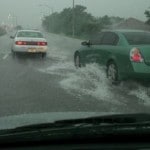 recently received an email from a co-worker that discussed some unique tips for safe driving in rainy weather. Spring is nearly upon us, and with it comes strong storms and heavy rains. Since we can’t always avoid getting out in the rain, I wanted to share a few interesting tips with you. If you try them out, please come back and let me know what you think!
recently received an email from a co-worker that discussed some unique tips for safe driving in rainy weather. Spring is nearly upon us, and with it comes strong storms and heavy rains. Since we can’t always avoid getting out in the rain, I wanted to share a few interesting tips with you. If you try them out, please come back and let me know what you think!
1) If it’s raining heavily during the day, see how your vision can be improved by putting on your sunglasses. It will help cut down on the glare from the rain and “kickup” from other cars. Many people find that this is a very effective method to improve visibility in the rain.
2) Never use your cruise control in the rain. If you car begins to hydroplane while the cruise control is on, it can accelerate quickly if the tires lose contact with the road, resulting in a loss of control.
Two safety items I wasn’t aware of until today – please share them, who knows, you may save a life!
by California Casualty | Safety |
 With winter winding down (finally!) – our thoughts are turning to spring and summer, and some of the damaging rain and storms that come with the changing seasons. Certain areas of the US are already seeing flooding from some of these storms, so we wanted to share some tips from the FEMA website for staying safe during a flood.
With winter winding down (finally!) – our thoughts are turning to spring and summer, and some of the damaging rain and storms that come with the changing seasons. Certain areas of the US are already seeing flooding from some of these storms, so we wanted to share some tips from the FEMA website for staying safe during a flood.
How to react if a flood is occurring near your home:
- Listen to the radio or TV for information
- Be aware of flash flooding, if there is a possibility of a flash flood, move immediately to higher ground
- Be aware of streams, drainage channels, canyons, and other areas prone to flash flooding.
If you must evacuate, attempt the following:
- Secure your home as much as possible. Bring outdoor items indoors, and move essential items to a higher floor
- Turn off utilities and the main shutoff points. Disconnect as many electrical appliances as possible. Do NOT touch electrical equipment if you’re in standing water.
- Do not walk through moving water. It only takes 6 inches of moving water to make you fall.
- Use a stick or cane to check ground firmness where you are walking
- Do not drive in flooded areas. Flood waters can sweep you and your vehicle away quickly
Driving in Flooded Areas
- If you find yourself driving in flood conditions, be aware that only 6 inches of water will reach the bottom of most passenger cars and can cause stalling
- A foot of water will float many vehicles
- Two feet of rushing water is enough to float away even heavy SUV’s and Trucks
We hope you never need to use these tips, but it pays to be aware of the dangers of flooding before they happen!
If you happen to have your own website or blog, you can add some cool widgets provided by FEMA by going to their site here and downloading them.

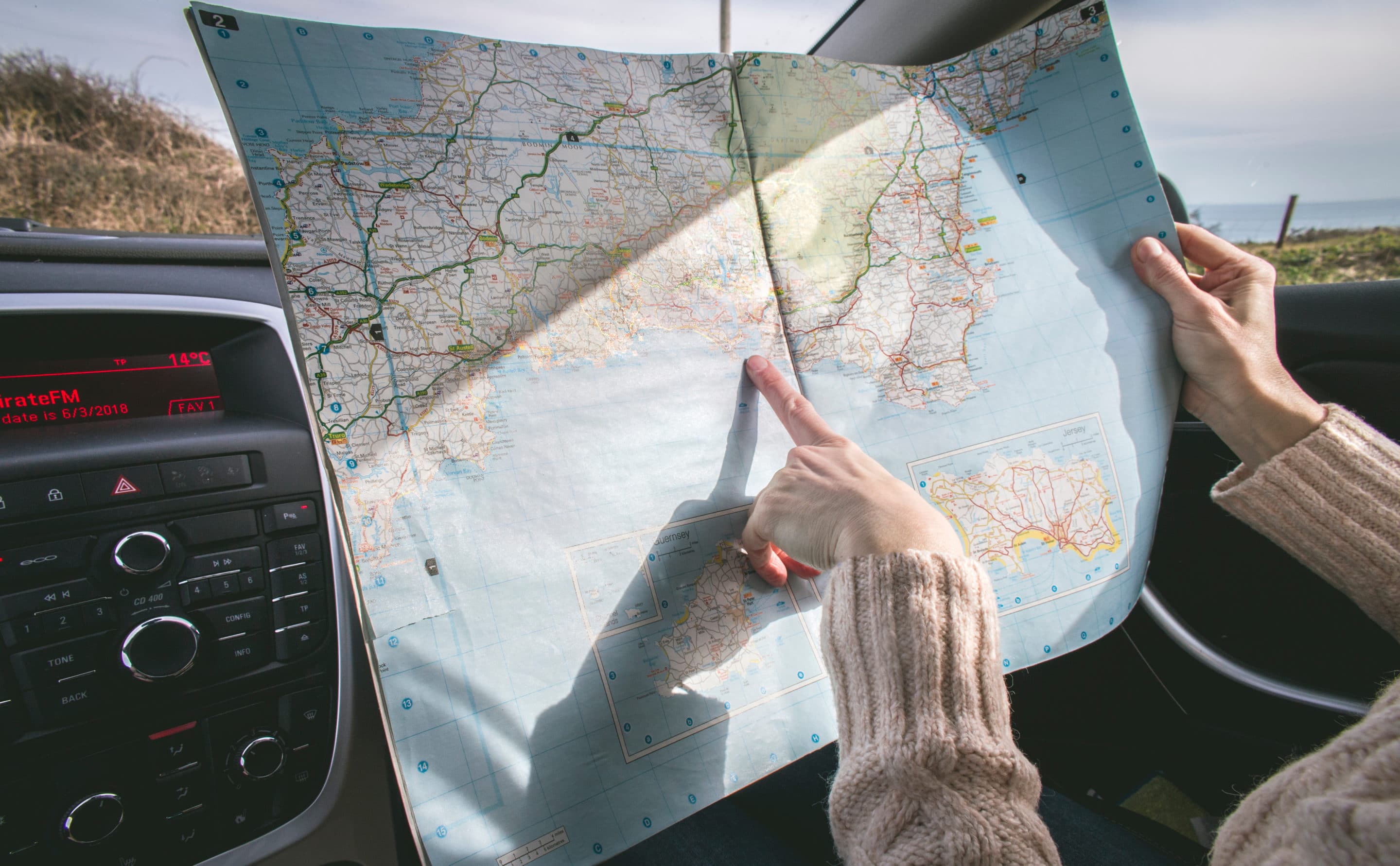

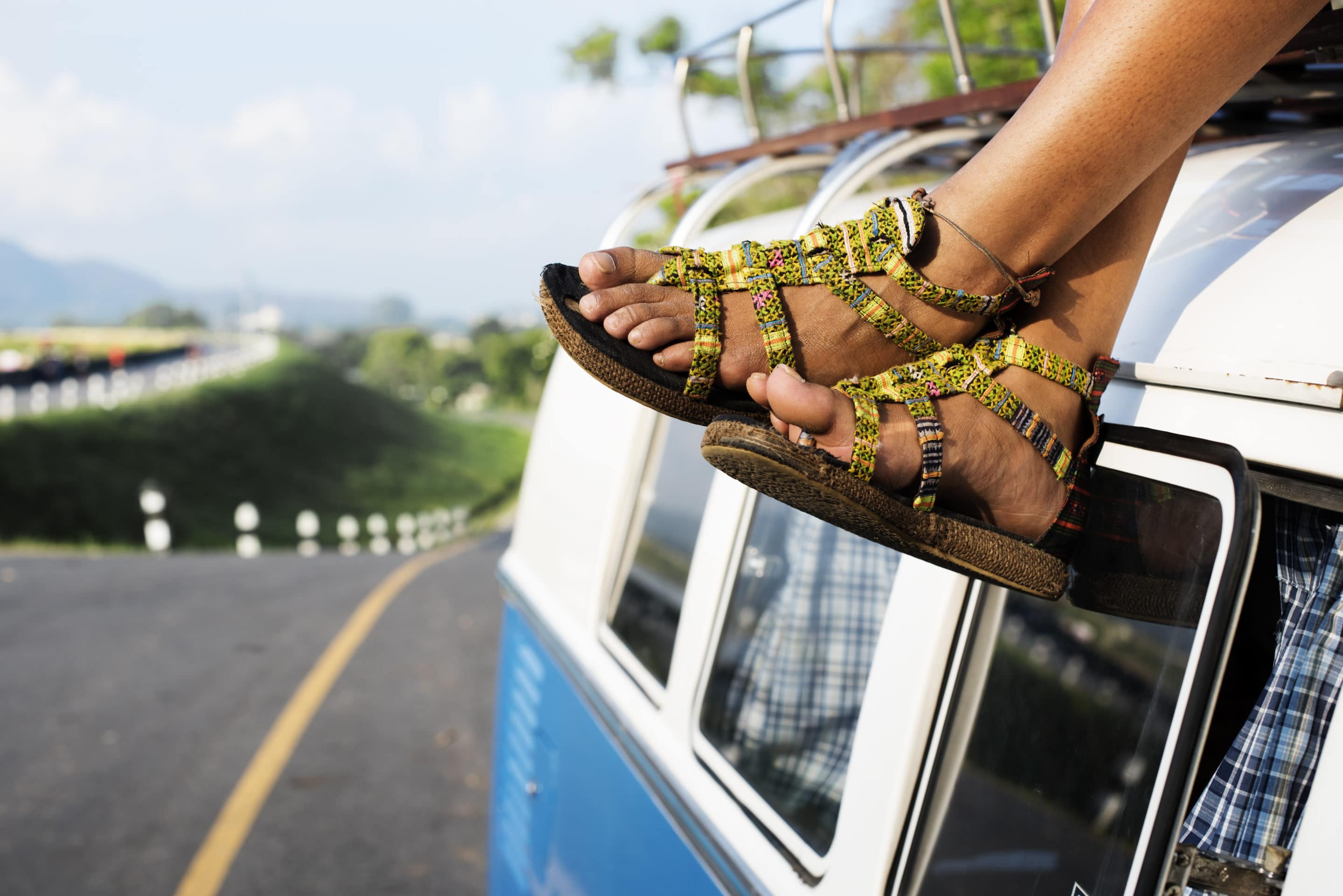
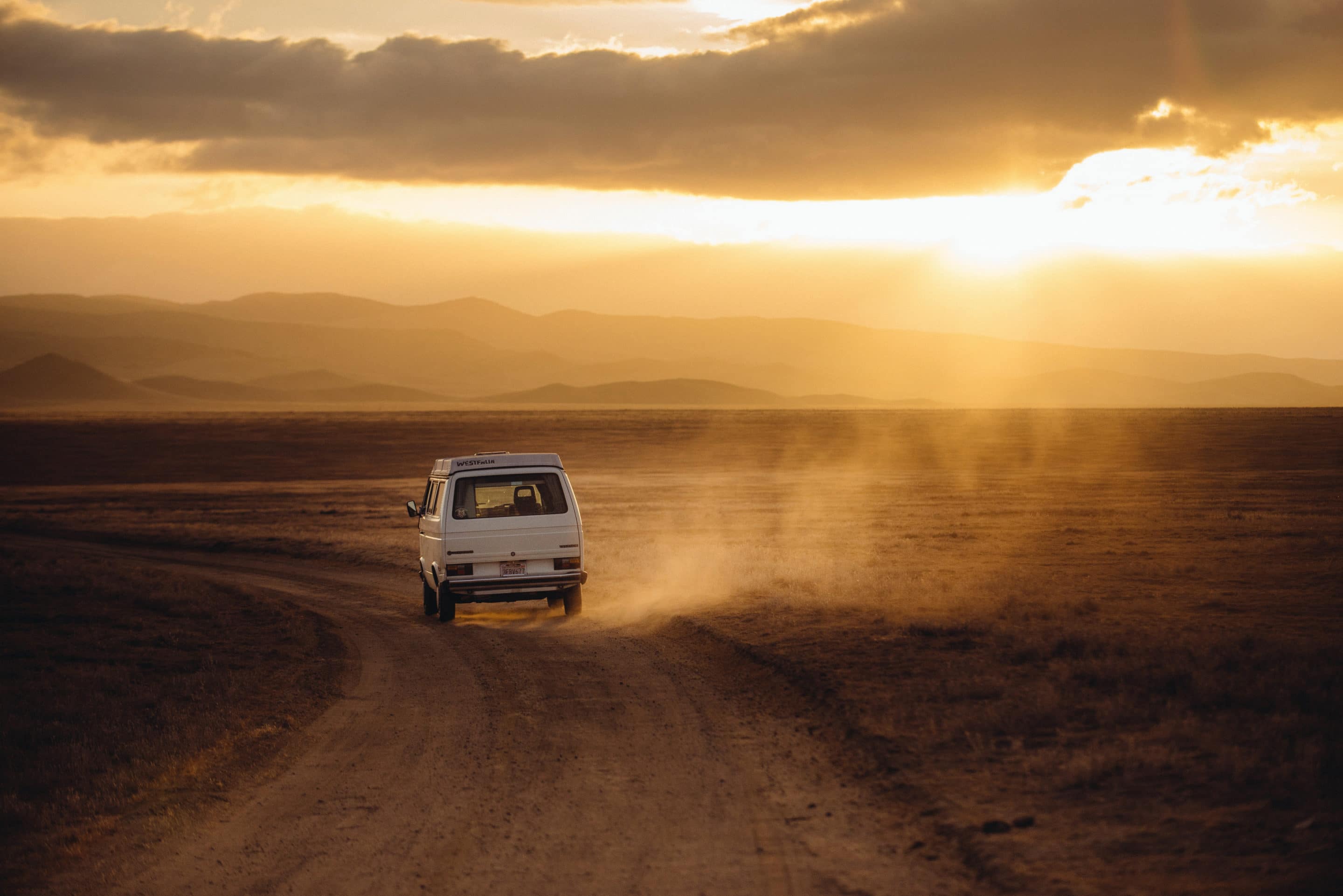

 In many areas, the weather has been pretty good so far this year. But, this week started a flurry (pun intended) of winter weather, and I thought it would be a good time to recap some important safety tips for cold weather!
In many areas, the weather has been pretty good so far this year. But, this week started a flurry (pun intended) of winter weather, and I thought it would be a good time to recap some important safety tips for cold weather! Along with hay rides, cooling temperatures, and brilliant foliage, Fall can bring some unexpected dangers to your commute. In late October and November, states across the nation see the fall mating season for white-tailed deer begin.
Along with hay rides, cooling temperatures, and brilliant foliage, Fall can bring some unexpected dangers to your commute. In late October and November, states across the nation see the fall mating season for white-tailed deer begin. recently received an email from a co-worker that discussed some unique tips for safe driving in rainy weather. Spring is nearly upon us, and with it comes strong storms and heavy rains. Since we can’t always avoid getting out in the rain, I wanted to share a few interesting tips with you. If you try them out, please come back and let me know what you think!
recently received an email from a co-worker that discussed some unique tips for safe driving in rainy weather. Spring is nearly upon us, and with it comes strong storms and heavy rains. Since we can’t always avoid getting out in the rain, I wanted to share a few interesting tips with you. If you try them out, please come back and let me know what you think!